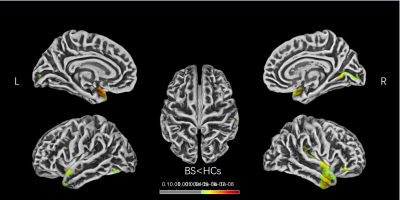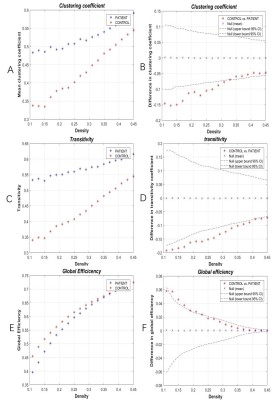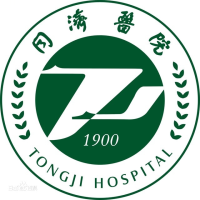Su Yan1, Guiling Zhang1, Weiyin Vivian Liu2, and Wenzhen Zhu1
1Radiology, Tongji Hospital, Tongji Medical College, Huazhong University of Science and Technology, Wuhan, China, 2MR Research, GE Healthcare, Beijing, China
1Radiology, Tongji Hospital, Tongji Medical College, Huazhong University of Science and Technology, Wuhan, China, 2MR Research, GE Healthcare, Beijing, China
The main findings were that BS could cause cortical
atrophy of bilateral frontal and temporal lobes and abnormal structural
covariance patterns, featured by decreased global efficiency. In addition, the
SCNs of BS also exhibit fragile topological properties in reaction to target
attacks.

Figure 1 | Brain regions show CT differences
between BS and HCs. The thinner cortices are observed mainly in the
bilateral
frontal and temporal lobes. CT, cortical thickness; BS, basal ganglia stroke;
HCs, healthy controls; L, left; R, right.

Figure 3 | Within-group global network measures,
and between-group differences of these measures. Clustering coefficient (A,B),Transitivity(C,D)
and Global Efficiency (E,F)of the BS and HC networks. The red star indicates
the difference between the two groups (B,D,F). BS, basal ganglia stroke; HCs,
healthy controls.
